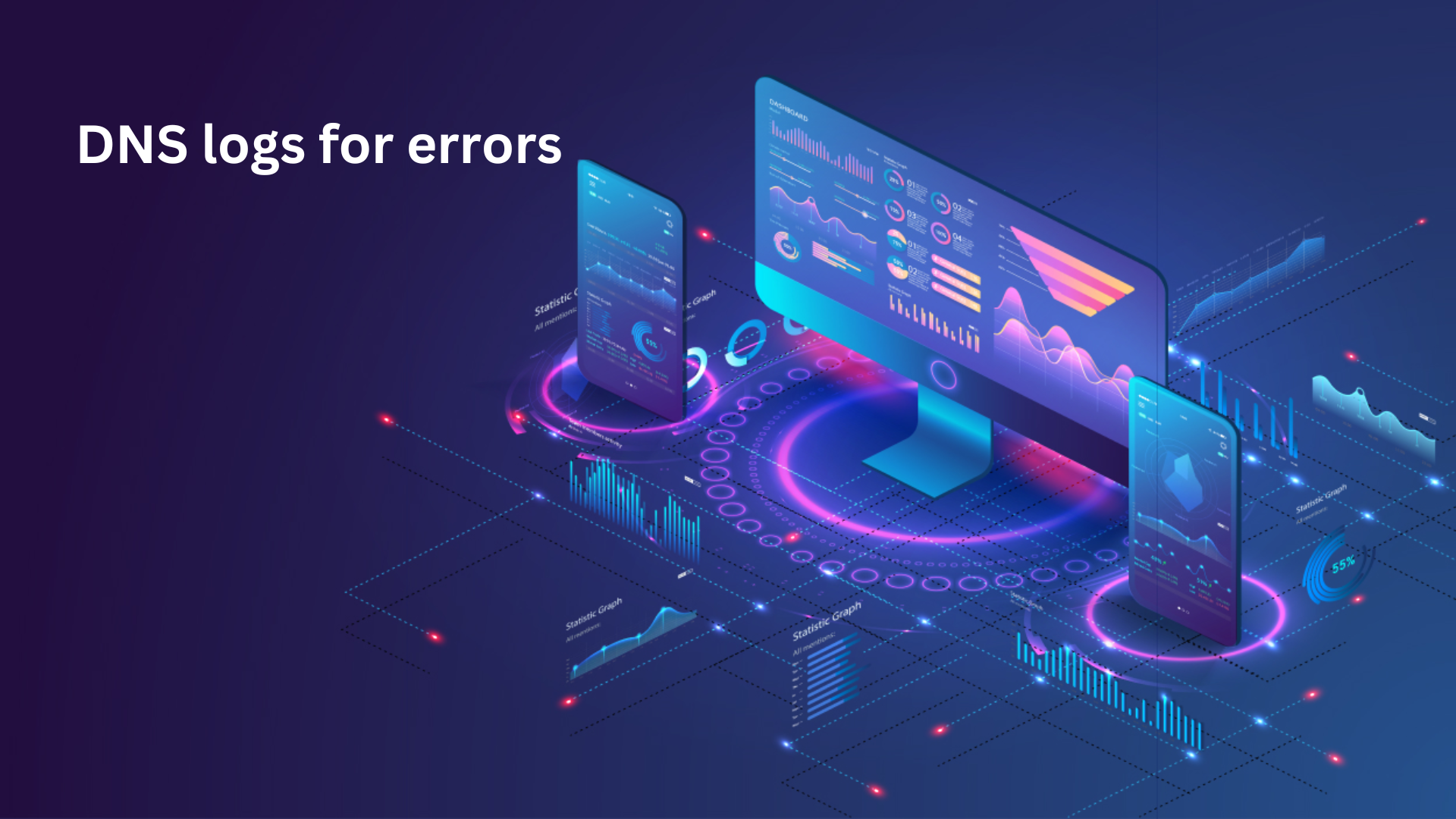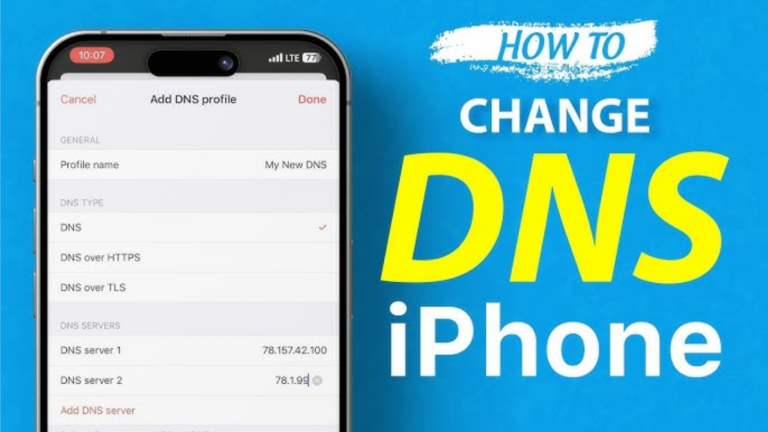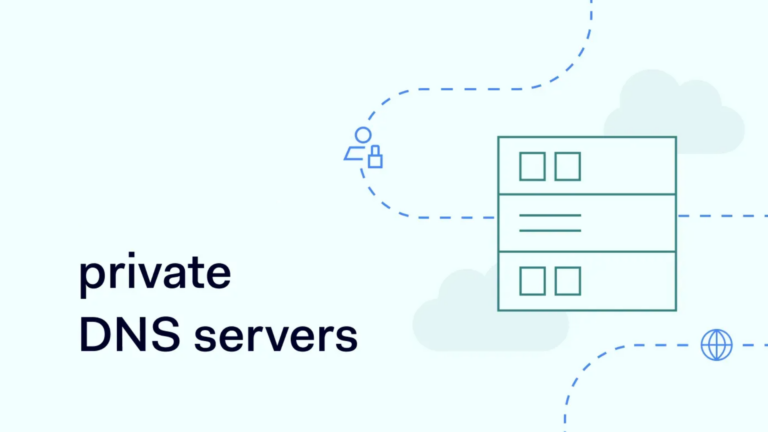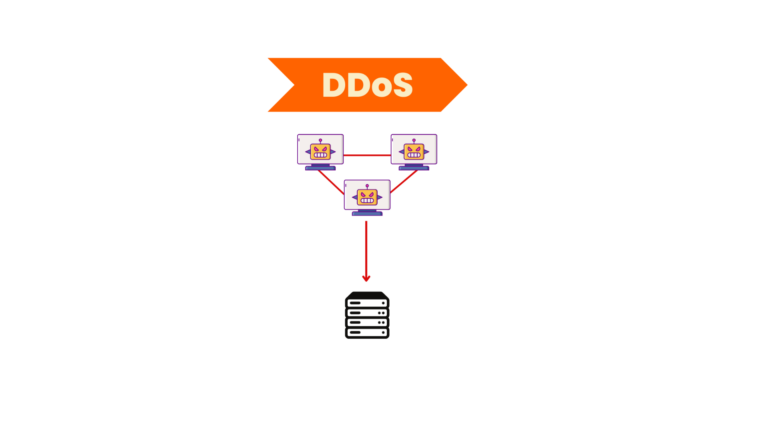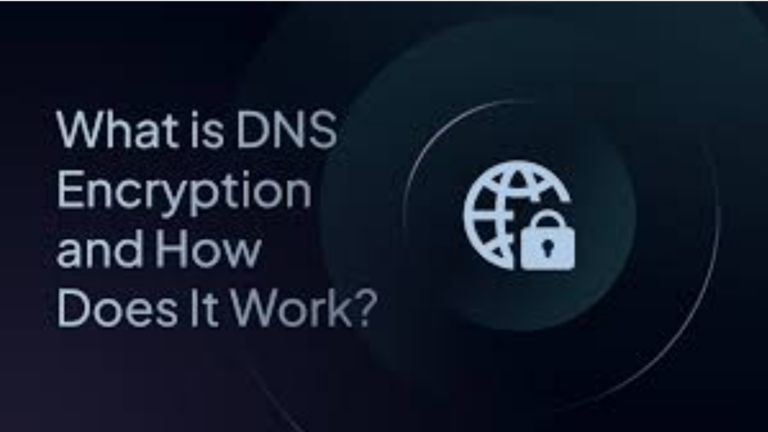What happens if my DNS provider goes down?
The Domain Name System (DNS) is an essential part of how the internet works. It translates website names (like example.com) into IP addresses that computers use to find websites.
But what happens if your DNS provider goes down? Let’s break it down in a way that’s easy to understand.
1. You Won’t Be Able to Access Websites
If your DNS provider goes down, your computer won’t be able to translate domain names into IP addresses. This means you won’t be able to access websites, even if they are working fine. You might see errors like:
- “DNS server not responding”
- “This site can’t be reached”
- “Server not found”
2. Emails May Stop Working
Many email services rely on DNS to route messages to the right servers. If the DNS provider goes down, emails may not reach their destination, and you may not receive new emails until the issue is fixed.
3. Apps and Online Services May Fail
Many apps and services rely on DNS to function. If the provider is down, apps like messaging services, cloud storage, and online games might stop working or experience delays.
4. Businesses Can Lose Revenue
If a company’s website or services depend on a specific DNS provider and that provider goes down, customers may not be able to access the website.
This can lead to lost sales and frustrated users.
5. Security Issues May Arise
Sometimes, cyber attackers target DNS providers to disrupt internet services. If a major DNS provider is down due to an attack, some users might try to switch to unreliable DNS servers, which can expose them to security risks like phishing or data theft.
How to Protect Yourself
To avoid major disruptions when a DNS provider goes down, consider these steps:
1. Use a Backup DNS Provider
Many devices allow you to set up multiple DNS providers. If one goes down, your system can switch to the backup provider automatically. Popular alternative DNS providers include:
- Google Public DNS (8.8.8.8, 8.8.4.4)
- Cloudflare DNS (1.1.1.1, 1.0.0.1)
- OpenDNS (208.67.222.222, 208.67.220.220)
2. Change DNS Manually
If your provider goes down, you can manually switch your DNS settings to another provider. This can be done in your computer’s network settings or on your router.
3. Use a VPN with a Built-in DNS
Some VPN services offer their own DNS resolution, which can help bypass issues with your main provider.
4. Monitor DNS Status
There are websites like downdetector.com that show if a DNS provider is down. Checking these sites can help confirm if the issue is with your provider or something else.
5. Contact Your ISP
If you are using your Internet Service Provider’s (ISP) default DNS and experience problems, contacting them might help.
They can guide you on what to do or confirm if there’s a larger issue.
Final Thoughts
A DNS provider going down can be frustrating, but knowing what to do can help minimize the impact.
Setting up a backup DNS, monitoring outages, and being prepared to switch manually can keep you online even when issues arise.
